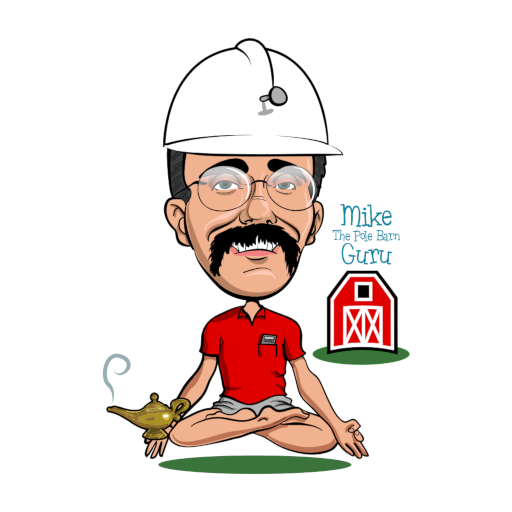Back in the day (ok I will date myself – 1984), I was what I pleasantly referred to as a slum lord. While far from actually being a slum, I owned a four-plex in a nice neighborhood in Salem, Oregon.
 While out of state on a much needed vacation, I received a call from my staff…..letting me know one-half of my four-plex had burned down! These nice units each had a fireplace. It seems the male occupant of the lower right hand unit had gotten upset with his girlfriend. Being the rational person he was, he took all of their photographs and placed them in the fireplace. As they had many photos, the ones which would not fit, he piled on the hearth in front of the fireplace and then lit them. Imagine if you will, thousands of photos, burning…the rest, became fire department history.
While out of state on a much needed vacation, I received a call from my staff…..letting me know one-half of my four-plex had burned down! These nice units each had a fireplace. It seems the male occupant of the lower right hand unit had gotten upset with his girlfriend. Being the rational person he was, he took all of their photographs and placed them in the fireplace. As they had many photos, the ones which would not fit, he piled on the hearth in front of the fireplace and then lit them. Imagine if you will, thousands of photos, burning…the rest, became fire department history.
I mention all of this, because upon my return, I met with the investigators from the insurance company. Even though the unit had sustained considerable damage, they were able to make a determination as to the integrity of the remaining wood members, by how much they had charred.
While my four-plex was a stick framed building, using small dimension lumber, a fair amount of it could be salvaged and the building did not collapse.
Although wood is considered a combustible material, well designed heavy timber (large wood columns – like those in pole buildings) have been recognized as having good performance in fire by North American and International standards. This is due to the fact heavy timber construction provides a sufficient mass of wood so a char layer can form (incomplete combustion) which in turn, helps to insulate the remaining wood from heat penetration. Once ignited, structures classified as “heavy timber” exhibit excellent performance under actual fire exposure conditions.
Due to the ability of wood to form a protective char layer during combustion, the fire resistance of wood in large-sized timbers can be calculated based on minimum structural thicknesses and the remaining sacrificial thickness available for charring. This fire safety design approach is of particular interest as it is consistent with the technical analysis of Mass Timber structures in Europe. The charring approach is being used in other international jurisdictions.
The alternate approach to ensuring adequate fire performance of pole building assemblies is ‘encapsulation’. This method applies 2 layers of fire-rated gypsum board to the underside of floors and generally throughout the building, similar to standard construction techniques used to construct fire-rated floor, roof and wall assemblies in both combustible and non-combustible building types. This technique has been accepted as an alternate solution to enable building code requirements for non-combustible construction. Even more recent is the 3 hour post frame (pole building) fire rated wall, which recently was tested by UL (Underwriter’s Laboratories), which is a testimony to wood framed construction as safety tested.
Yes, wood burns, but often the fire resistance of wood helps to protect the basic structure, so the damaged parts can be replaced, salvaging the building…at a reasonable replacement cost.






